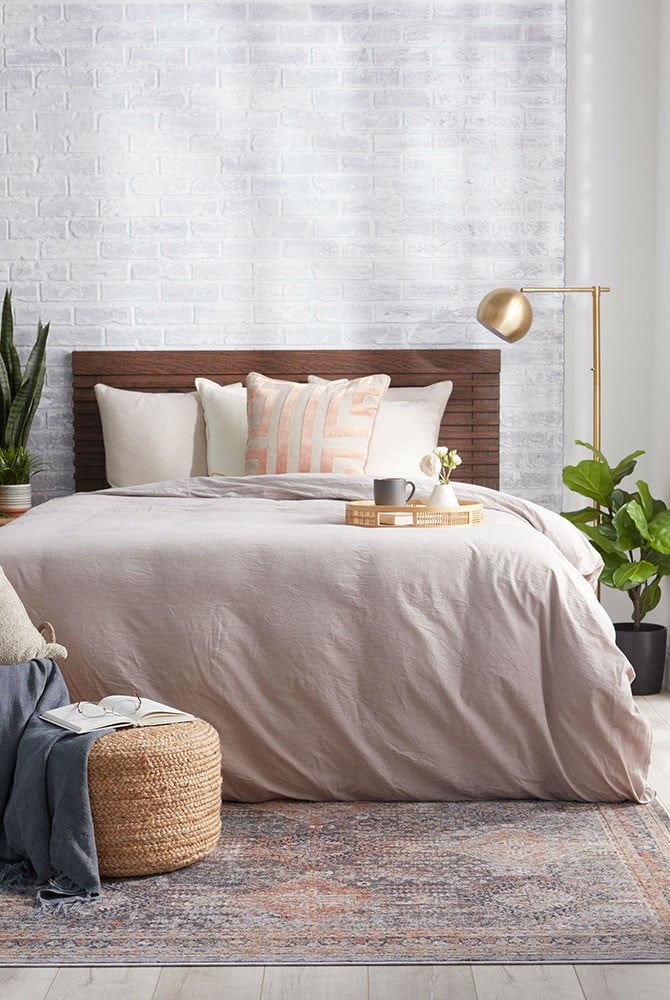Enjoy Free Shipping on Us
Rug Size Guides
When it comes to choosing rugs, one under-appreciated aspect is considering how the rug is made and woven. The method by which a rug is woven will dramatically impact the rug’s texture, durability, quality, and longevity. In order to choose the best weave for your rug, we’ve created a guide summarizing the most popular ways rugs are woven and what the pros and cons of each method are.
Early on, you should consider what functionality your rug will have. If the rug is being placed in a high traffic space like an entryway or living room, you will likely choose a weave that is known for being more hearty and durable. Aside from that aspect, the weave of the rug impacts the rug's overall softness and comfort. After all, flat woven rugs are specifically crafted to have no pile, so they won’t have the plushness and texture of other types of weaves. On the other side, there are particular weaves like flat-weave rugs that are incredibly easy to clean and maintain thanks to their lack of pile. Since the weave impacts every aspect of the rug, it is vital to consider the rug’s construction when choosing your best rug.
For more tips and ideas, join our mailing list.
As you can see, the way rugs are crafted are incredibly vast and different from one another. Each type of weave has its own pros and cons in terms of labor, cost, and quality of materials. In general, handcrafted rugs are known for their fine attention to detail, quality fibers, and overall luxury. However, even machine-made rugs have their appeal for their prices, comfort, and availability. No matter what selection you ultimately choose, you can now confidently choose the best rug weave for your room’s traffic and comfort.
Enjoy Free Standard Shipping on us within the continental United States. For orders to Canada, Puerto Rico, Alaska, and Hawaii, freight forwarding costs and associated duties will be calculated at Checkout. For large, oversize rugs that require a surcharge above our shipping and freight partners’ standard shipping rates, an Oversize Processing Shipping fee is calculated in Cart.

Your discount code is on its way.
If you don't receive your promo code, please check your email junk or spam folder and click on "Not spam".